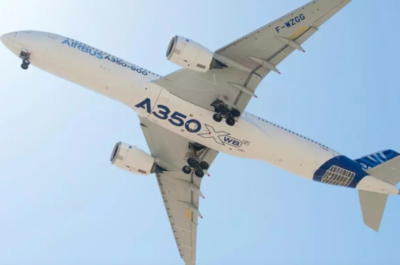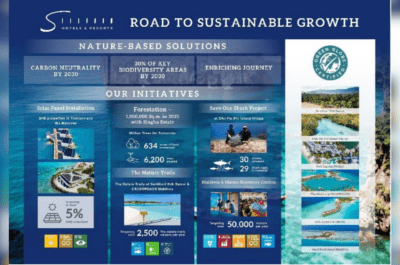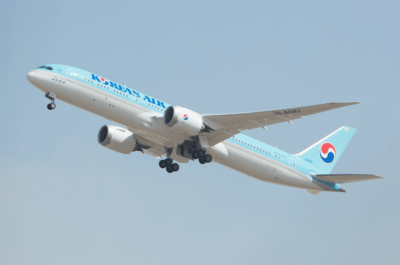Reflecting the relative strength of long haul markets, demand in revenue passenger kilometre (RPK) terms increased by 8.7%, out-pacing the 6.4% expansion in available seat capacity to result in a 1.6 percentage point increase in the average international passenger load factor to 76.9% for the month.
KUALA LUMPUR – Preliminary traffic figures for the month of October released by the Association of Asia Pacific Airlines (AAPA) revealed that growth in international air passenger demand remained encouraging, whilst soft air cargo market conditions persisted.
Taken together, the region’s airlines registered a 6.5% growth in the number of international passengers carried compared to the same month last year, bringing the month’s total to 23.2 million. Reflecting the relative strength of long haul markets, demand in revenue passenger kilometre (RPK) terms increased by 8.7%, out-pacing the 6.4% expansion in available seat capacity to result in a 1.6 percentage point increase in the average international passenger load factor to 76.9% for the month.
Demand for air cargo shipments fell slightly in October, on the back of continued weakness in export-import activities in major regional economies, including China, India and Japan. Measured in freight tonne kilometre (FTK) terms, air cargo demand edged 0.7% lower from the same month last year. The average international freight load factor fell further, registering a 2.2 percentage point contraction to 64.2% for the month after accounting for a 2.7% increase in offered freight capacity.
Commenting on the results, Mr. Andrew Herdman, AAPA Director General said, “Robust demand for leisure related travel boosted air passenger markets in October. However, premium travel demand is beginning to show some signs of moderation, possibly a reflection of the slowdown in emerging market economies. Overall, Asian airlines carried 229 million international passengers during the first ten months of the year, 8.2% more than in the same period last year.”
Mr. Herdman added, “For the January-October period, air cargo demand grew by 2.2%, held back by lacklustre global trade conditions that continue to dampen Asian air cargo markets.”
Mr. Herdman concluded, “We’re seeing continuing robust growth in passenger demand, boosted by the prevalence of competitively priced travel options as a result of lower oil prices. The challenge for Asian carriers is how to capture that growth in passenger demand in a highly competitive market, whilst achieving improvements in still thin margins. On the other hand, air cargo markets are expected to remain soft, given weak global trade conditions.”
TRAFFIC UPDATE – PRELIMINARY
International Scheduled Services of Asia Pacific Airlines

• Effective September 2014, the dataset comprises aggregated traffic data from the following 31 Asia Pacific based carriers: 5J, 6E, 9W, AI, AK, BI, BR, CA, CI, CX, CZ, GA, JL, JQ, KA, KC, KE, MH, MU, NH, NZ, OZ, PG, PR, SG, SQ, TG, TR, QF, VA and VN.
• Previous year data adjusted for comparison purposes
• RPK = revenue passenger kilometres
• ASK = available seat kilometres
• FTK = freight tonne kilometres
• FATK = available freight tonne kilometres
• All figures, including estimates for missing data, are provisional
Theodore is the Co-Founder and Managing Editor of TravelDailyNews Media Network; his responsibilities include business development and planning for TravelDailyNews long-term opportunities.






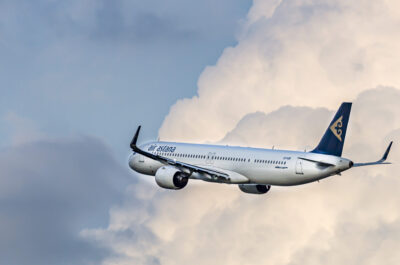



















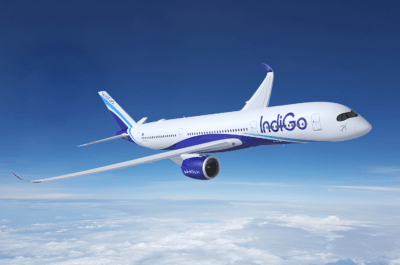











![[PR] PR_Ascott and Vimut Hospital_2024](https://www.traveldailynews.asia/wp-content/uploads/2024/04/PR-PR_Ascott-and-Vimut-Hospital_2024-400x265.jpg)




